Drinking alcohol with diabetes medications can drop your blood sugar so low that you pass out - even hours after your last sip. It’s not just a myth. It’s a real, life-threatening risk that many people with diabetes don’t see coming until it’s too late.
Why Alcohol and Diabetes Medications Don’t Mix
Your liver is the hero that keeps your blood sugar stable when you’re not eating. It stores glucose and releases it when needed. But when you drink alcohol, your liver gets busy processing the ethanol and stops making glucose. That’s fine if you’re eating. But if you’re on insulin or sulfonylureas - drugs that force your body to lower blood sugar - your liver can’t keep up. The result? A dangerous drop in glucose, often called hypoglycemia.
Studies show alcohol can reduce your liver’s glucose production by up to 37% for up to eight hours. And if you’re using insulin or drugs like glyburide or glipizide, your risk of hypoglycemia jumps by more than twice. This isn’t rare. About 38% of adults with diabetes drink alcohol regularly. That means millions are walking into this trap without knowing the danger.
Which Medications Are Most Dangerous with Alcohol?
Not all diabetes drugs react the same way. Some are far riskier than others.
- Insulin: Alcohol can cause low blood sugar for up to 24 hours after drinking. You might feel fine at dinner, but wake up in the middle of the night with a blood sugar of 40 mg/dL - no warning signs, no shaking, no sweating. Just silence.
- Sulfonylureas (glyburide, glipizide, glimepiride): These drugs tell your pancreas to pump out more insulin. Alcohol makes them overdo it. A 2020 study found people on these drugs had a 2.3 times higher chance of severe low blood sugar after drinking.
- Metformin: This one’s different. Alcohol doesn’t make it lower blood sugar more. Instead, it increases the risk of lactic acidosis - a rare but deadly buildup of acid in the blood. The FDA warns that combining alcohol with metformin raises this risk by 5.7 times. Symptoms? Confusion, fast heartbeat, muscle pain, nausea. If you feel this after drinking, go to the ER.
- Chlorpropamide: This older sulfonylurea can cause a disulfiram-like reaction - flushing, vomiting, racing heart - even with just one drink. It’s rarely prescribed now, but if you’re still on it, avoid alcohol completely.
There’s no safe cocktail here. Even one drink can trigger a problem.
How Alcohol Hides Low Blood Sugar Symptoms
Here’s the sneaky part: alcohol makes it harder to tell when your blood sugar is dropping.
When your blood sugar crashes, your body usually sends signals: shaking, sweating, fast heartbeat, dizziness. But alcohol does the same things. A person who’s drunk might look shaky, sweaty, and confused - just like someone with low blood sugar. Friends think you’re just wasted. You might think you’re just buzzed. But your blood sugar could be at 38 mg/dL.
Research shows alcohol cuts your body’s epinephrine response - the hormone that normally wakes you up when your blood sugar drops - by 42%. That means you might sleep right through a dangerous low. And if you’re alone? You might not wake up at all.
Emergency room data from 2021 found that 68% of hypoglycemia cases in people under 45 happened after drinking. And 82% of those cases occurred between 11 PM and 6 AM - when your body’s natural defenses are weakest and you’re least likely to be monitored.
What Counts as a ‘Safe’ Drink?
The American Diabetes Association says moderate drinking may be okay - if you do it right.
One drink means:
- 12 oz of regular beer
- 5 oz of wine
- 1.5 oz of distilled spirits (vodka, whiskey, gin)
But here’s the catch: what you mix it with matters more than the alcohol itself.
A mojito? 24 grams of sugar. A glass of sweet wine? 8-14 grams of sugar. A rum and Coke? 30 grams. All of these spike your blood sugar first, then crash it hard after the alcohol kicks in.
Instead, choose:
- Distilled spirits with soda water and lime (zero sugar)
- Dry white wine (under 1 gram of sugar per 5 oz)
- Light beer (under 5 grams of carbs per 12 oz)
And never drink on an empty stomach. Always eat food with carbs - like a sandwich, a small bowl of oatmeal, or a piece of whole-grain toast. That gives your liver something to work with while it’s processing the alcohol.
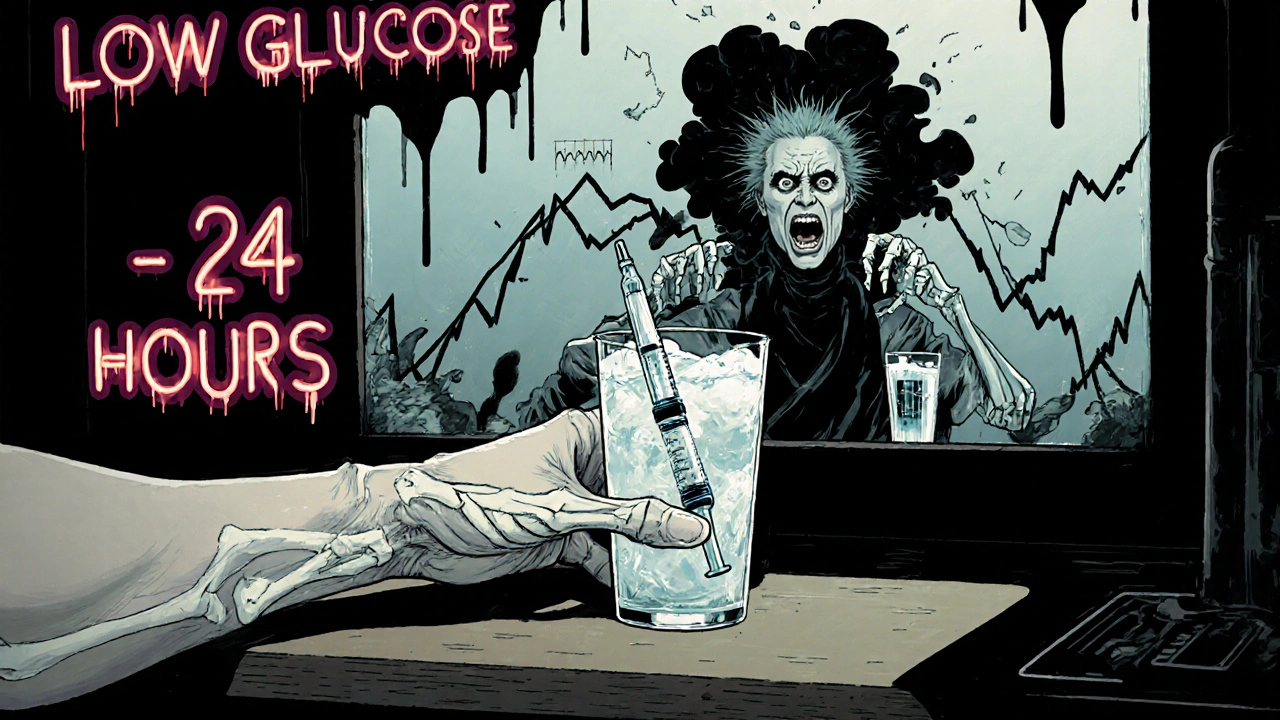
How to Drink Safely (If You Choose To)
If you decide to drink, follow these steps - no exceptions.
- Check your blood sugar before you start. If it’s below 100 mg/dL, eat something. Don’t drink.
- Drink with food. Carbs slow alcohol absorption and give your liver fuel to keep making glucose.
- Monitor after drinking. Check your blood sugar again 2 hours later. Then check again before bed.
- If your blood sugar is below 100 mg/dL at bedtime, eat a snack with complex carbs and protein - like peanut butter on whole wheat or a small cheese stick with an apple.
- Wear medical ID. A bracelet or necklace that says ‘Diabetic’ can save your life if you pass out. Emergency teams respond 47% faster when they see it.
- Tell someone. Make sure a friend or family member knows you have diabetes. If you look strange, they need to know to check your blood sugar - not just hand you water.
And never, ever drink and drive. Even if you feel fine, your judgment is impaired - and your blood sugar could crash while you’re behind the wheel.
What About Continuous Glucose Monitors (CGMs)?
CGMs are your best friend here. They don’t just show your current number - they show the trend. If your glucose is dropping fast after a drink, you’ll see it on the graph.
Some newer CGMs, like Dexcom G7 (released late 2023), now let you log alcohol intake. The app can then adjust alerts and predict low blood sugar risks up to 24 hours later. If you use a CGM, turn on the alcohol logging feature. It’s not perfect - but it’s better than guessing.
Why People Keep Getting It Wrong
Many think ‘low-carb’ drinks are safe. They’re not. Alcohol itself is the problem. Even vodka soda can cause hypoglycemia if you’re on insulin.
Others believe they’re fine because they’ve drunk before without issue. But your body changes. Your liver slows down with age. Your medication dose might shift. Your stress levels rise. One night it’s fine. The next, it’s an emergency.
Surveys show 44% of patients think low-carb alcohol eliminates the risk. And 38% don’t recognize hypoglycemia symptoms because they’re masked by alcohol’s effects. That’s not ignorance - it’s a gap in education.
Doctors are catching on. In 2023, 78% of primary care providers now ask diabetic patients about alcohol use during visits - up from 54% in 2018. But patients still need to speak up. If you drink, tell your doctor. They can help you adjust your meds or timing to stay safe.
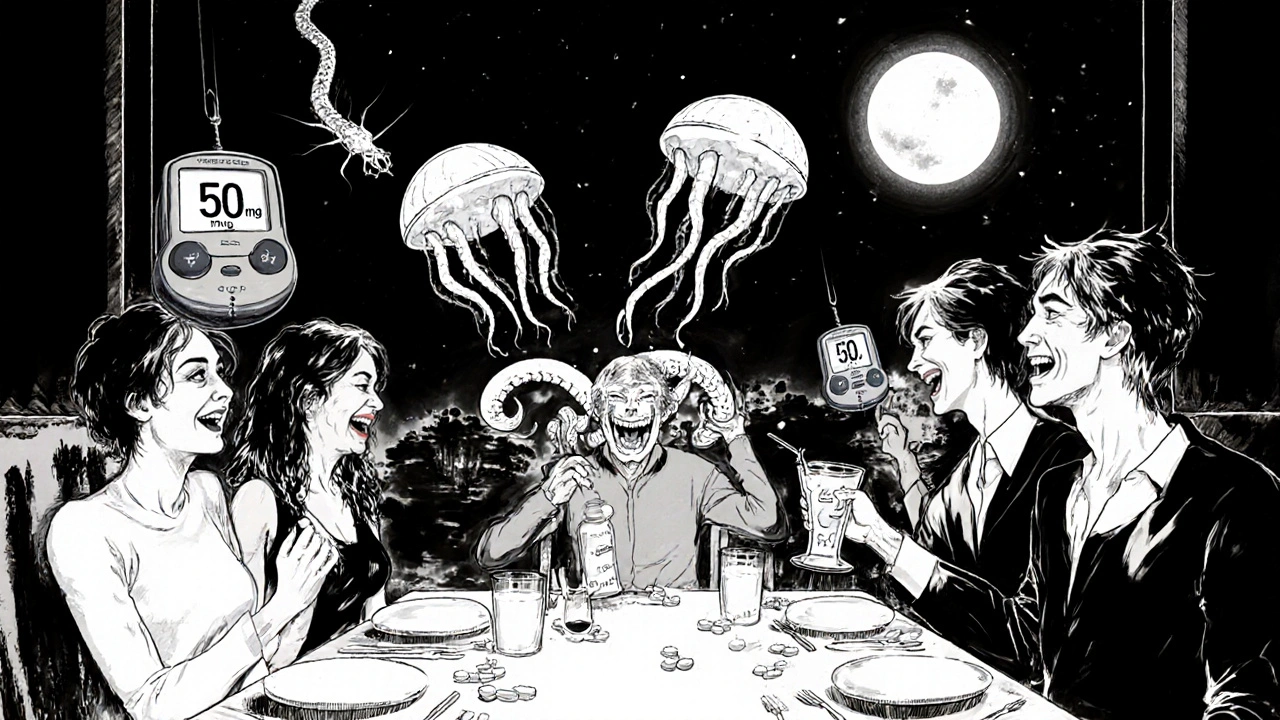
When to Avoid Alcohol Completely
Some people should skip alcohol entirely:
- If you have liver disease or pancreatitis
- If you’ve had severe hypoglycemia before - especially if you didn’t feel it coming
- If you’re pregnant or planning to be
- If you’re on chlorpropamide
- If you struggle with alcohol use
For these people, the risk isn’t worth it. There’s no ‘safe’ way to drink. Abstinence is the only safe choice.
What Happens If You Have a Low Blood Sugar Episode?
If your blood sugar drops below 70 mg/dL:
- Take 15 grams of fast-acting sugar: 4 oz of juice, 3-4 glucose tablets, or 1 tablespoon of honey.
- Wait 15 minutes. Check again.
- If still low, repeat.
- Once back above 100 mg/dL, eat a snack with protein and complex carbs to prevent another drop.
If you’re unconscious or can’t swallow - someone else must give you glucagon. Make sure your partner, roommate, or close friend knows where your glucagon kit is and how to use it. It’s a simple injection. It can save your life.
Final Thought: It’s Not About Giving Up - It’s About Staying Safe
You don’t have to quit alcohol forever. But you do have to respect the science. Alcohol doesn’t care how well you manage your diabetes. It doesn’t care if you’re ‘in control.’ It just does its job - and that job is to shut down your liver’s glucose production.
With the right precautions, many people with diabetes can enjoy an occasional drink. But it takes planning, awareness, and honesty - with yourself and your care team.
One drink. With food. With checks. With a plan. That’s the formula.
Anything else? It’s not worth the risk.
Can I drink alcohol if I have type 2 diabetes and take metformin?
You can, but with serious caution. Alcohol increases your risk of lactic acidosis - a rare but life-threatening condition - when combined with metformin. The FDA warns this risk rises by 5.7 times with alcohol use. Symptoms include muscle pain, fast heartbeat, nausea, and confusion. If you drink, stick to one drink max, never on an empty stomach, and avoid binge drinking. If you have liver problems or drink heavily, skip alcohol entirely.
Does drinking alcohol cause high or low blood sugar?
It can do both - but the bigger danger is low blood sugar. Sugary drinks like cocktails and sweet wines spike your blood sugar first. But once your liver starts processing the alcohol, it stops making glucose. That leads to a crash - often hours later. For people on insulin or sulfonylureas, this crash can be severe and delayed, sometimes happening while you sleep.
How long does alcohol affect blood sugar?
Alcohol can lower your blood sugar for up to 24 hours after your last drink, especially if you’re on insulin. The biggest risk window is 8-12 hours after drinking, which is why checking your blood sugar before bed is critical. Your liver is still working to clear the alcohol and can’t release glucose when your body needs it.
What’s the safest alcoholic drink for someone with diabetes?
The safest options are distilled spirits (vodka, gin, whiskey) mixed with soda water and lime - zero sugar. Dry white wine (under 1 gram of sugar per 5 oz) and light beer (under 5 grams of carbs per 12 oz) are also acceptable. Avoid cocktails, sweet wines, and sugary mixers. Always drink with food.
Can I drink alcohol if I use an insulin pump?
Yes, but you need to be extra careful. Insulin pumps deliver continuous insulin, and alcohol can cause delayed lows - even 12-24 hours later. Many users report lows while sleeping after drinking. Always check your blood sugar before bed and set a low alarm on your pump. Eat a protein-carb snack before sleeping. Consider reducing your basal rate by 10-20% if you plan to drink, but only under your doctor’s guidance.
Why do I feel drunk even with low blood sugar?
Because alcohol and low blood sugar cause similar symptoms: dizziness, confusion, slurred speech, and poor coordination. Your brain doesn’t know the difference. That’s why friends often think you’re just drunk - even when your blood sugar is dangerously low. Always wear medical ID and tell people you have diabetes so they know to check your glucose if you seem off.
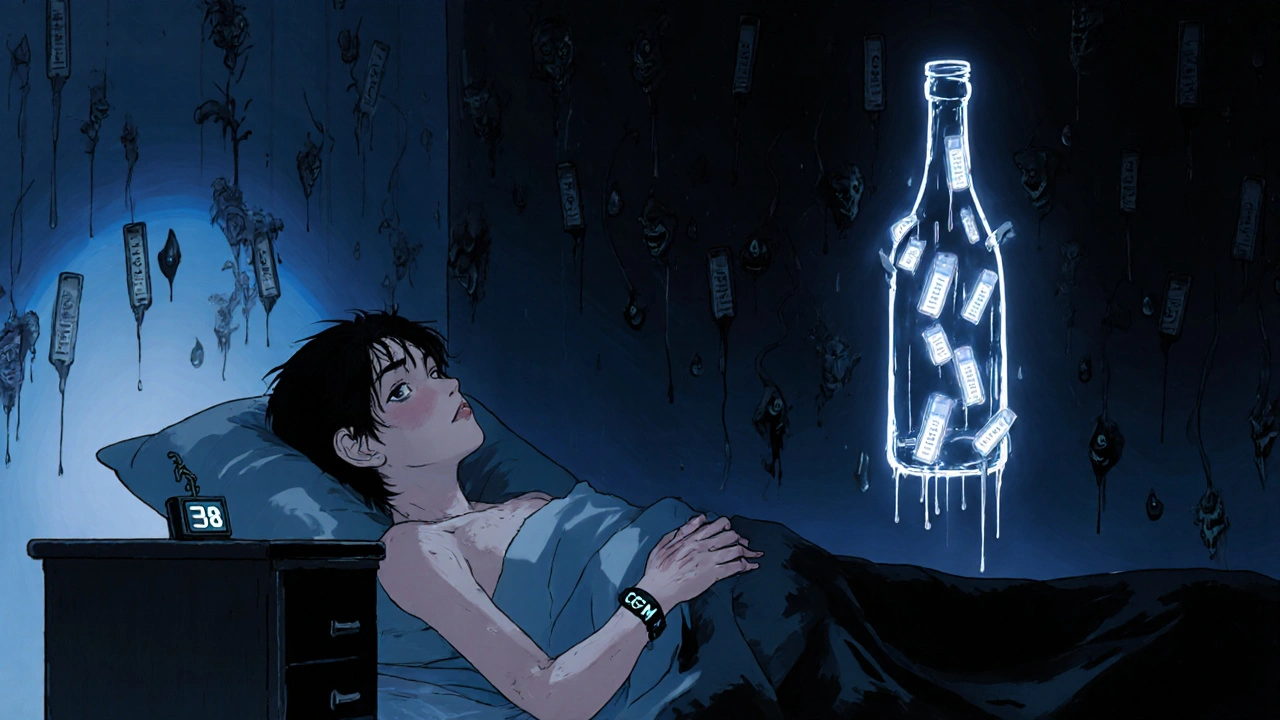
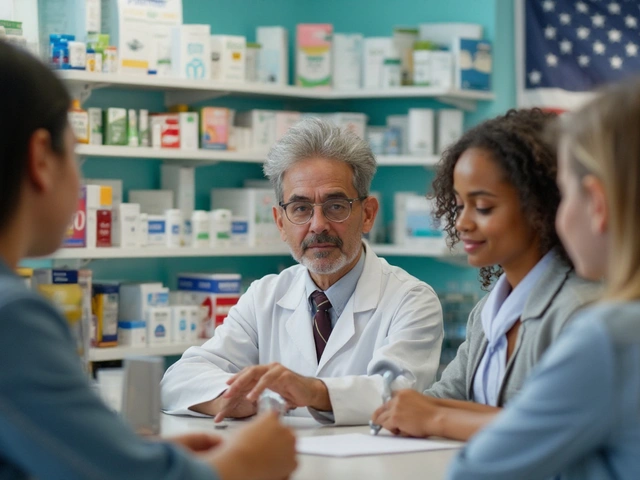
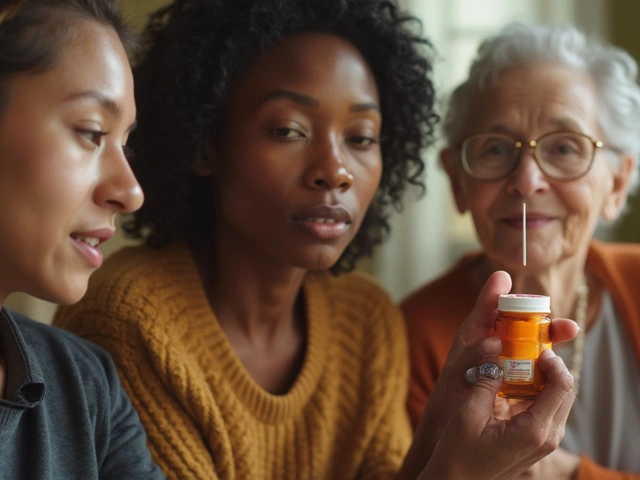
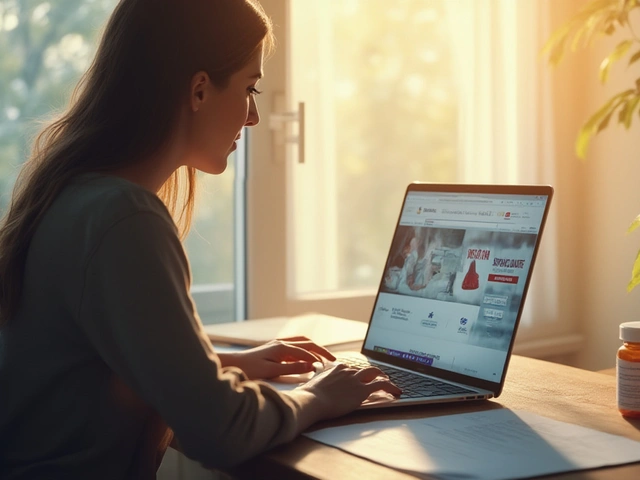
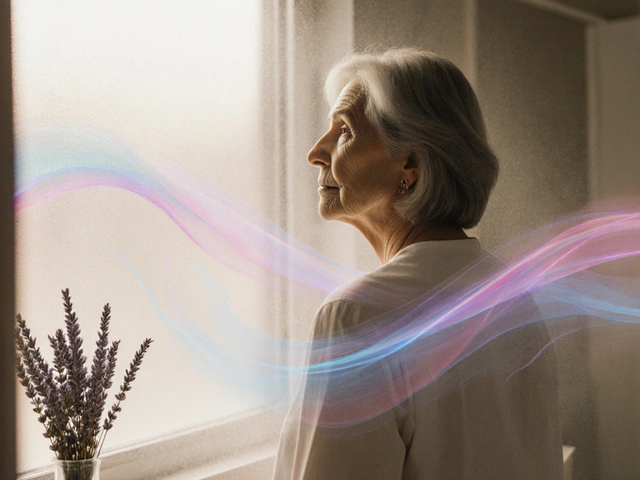
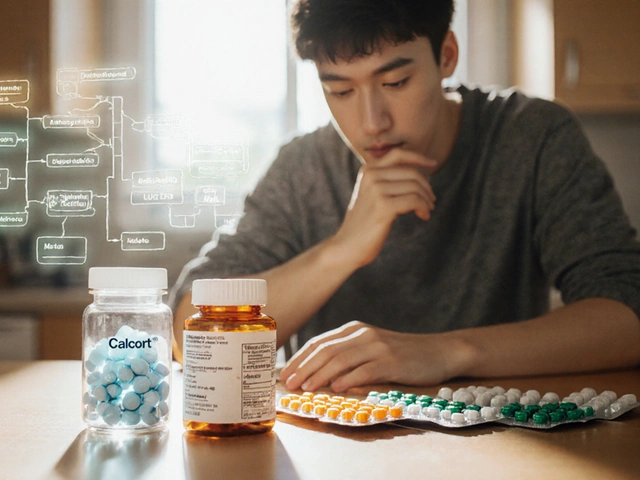
8 Comments
reshmi mahi
November 27, 2025 AT 20:02 PMSo let me get this straight... I can drink vodka soda but not a margarita? 😅 Bro, my liver is already on vacation. Why does diabetes have to be this extra? 🤦♀️
Gayle Jenkins
November 29, 2025 AT 01:07 AMThis is the most practical, life-saving post I’ve read all year. Seriously. If you have diabetes and drink, print this out. Tape it to your fridge. Show it to your friends. I’ve seen too many people wake up in the ER because they thought ‘one drink’ was fine. You’re not weak for being careful-you’re smart.
Kaleigh Scroger
November 29, 2025 AT 14:25 PMI work in endocrinology and I can’t tell you how many times I’ve had patients come in after a night out thinking they just had too much to drink when really their blood sugar was 32 and they were minutes from seizing. The part about CGMs logging alcohol is huge-Dexcom G7’s predictive alerts saved my cousin’s life last Christmas. If you’re on insulin or sulfonylureas and you drink without checking your glucose before bed you’re playing Russian roulette with your brain. And yes I said brain because hypoglycemia doesn’t just knock you out-it can cause permanent neurological damage if it lasts too long. Don’t gamble with this.
Elizabeth Choi
November 30, 2025 AT 20:29 PMFunny how the ADA says ‘moderate drinking is okay’ but then lists 12 different ways it can kill you. Like they’re trying to cover their asses while giving people permission to die slowly.
Allison Turner
December 2, 2025 AT 03:22 AMWhy do people even drink with diabetes? Just don’t. It’s not that hard. Stop making excuses.
Darrel Smith
December 2, 2025 AT 21:35 PMI’ve seen this happen to my brother. He took metformin. Had a couple beers. Thought he was fine. Woke up in the hospital with lactic acidosis. The doctors said if his roommate hadn’t noticed he was blue and called 911 he would’ve died in his sleep. And now? He’s sober. And I’m glad. Because alcohol doesn’t care if you’re diabetic or not. It only cares that you’re weak enough to think you can outsmart it. You can’t. You’re not special. You’re not in control. You’re just one bad night away from being a statistic.
Aishwarya Sivaraj
December 3, 2025 AT 06:02 AMI’m diabetic and I drink dry wine sometimes with dinner and I’ve never had a problem but I always eat first and check before bed and tell my husband so he can wake me up if I’m too quiet. I think the real issue isn’t the alcohol its the lack of awareness. People think diabetes is just about sugar but its about your whole body being a delicate machine and alcohol is like throwing sand in the gears. Also I typoed a lot sorry
Iives Perl
December 4, 2025 AT 01:47 AMThey’re hiding the truth. The FDA knows alcohol + metformin causes lactic acidosis. But Big Pharma makes more money if you keep drinking and needing ER visits. Look at the stats. 5.7x risk. Why isn’t this on every bottle? 🤔